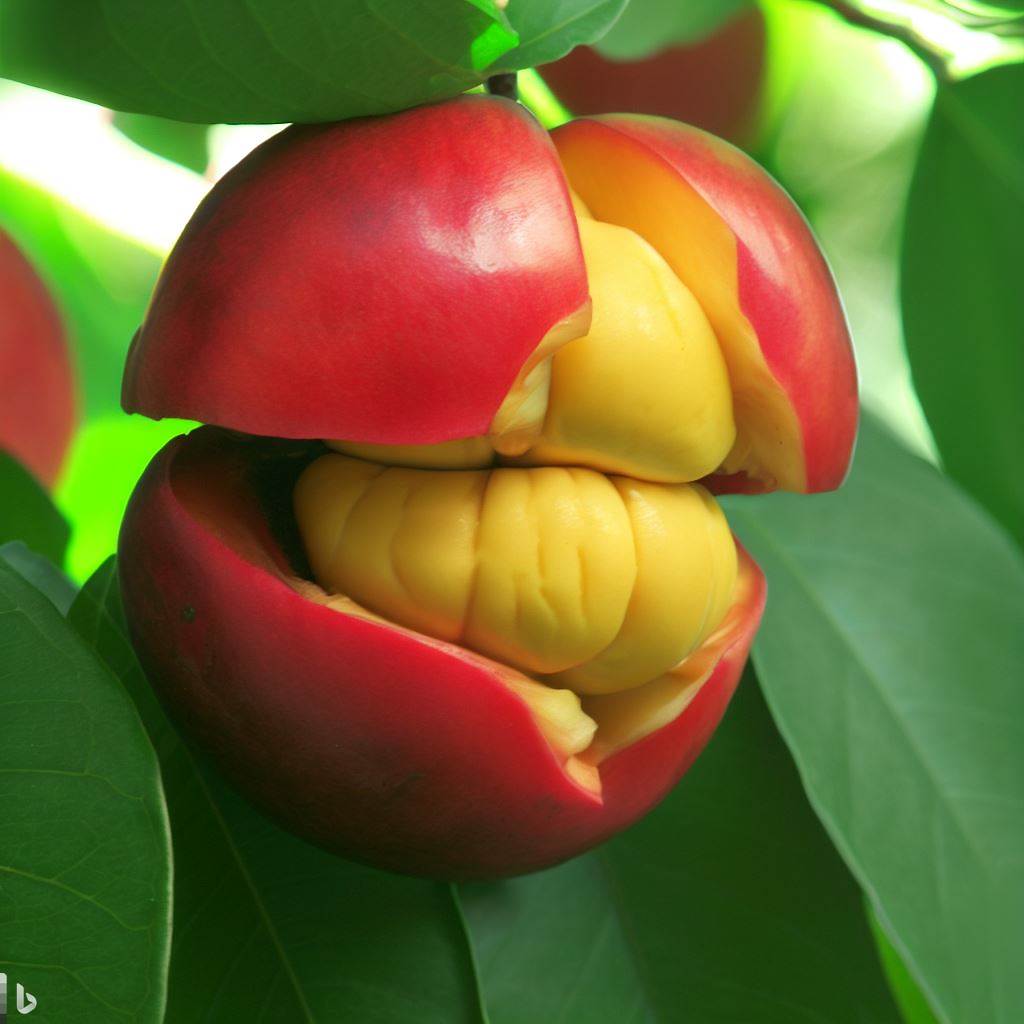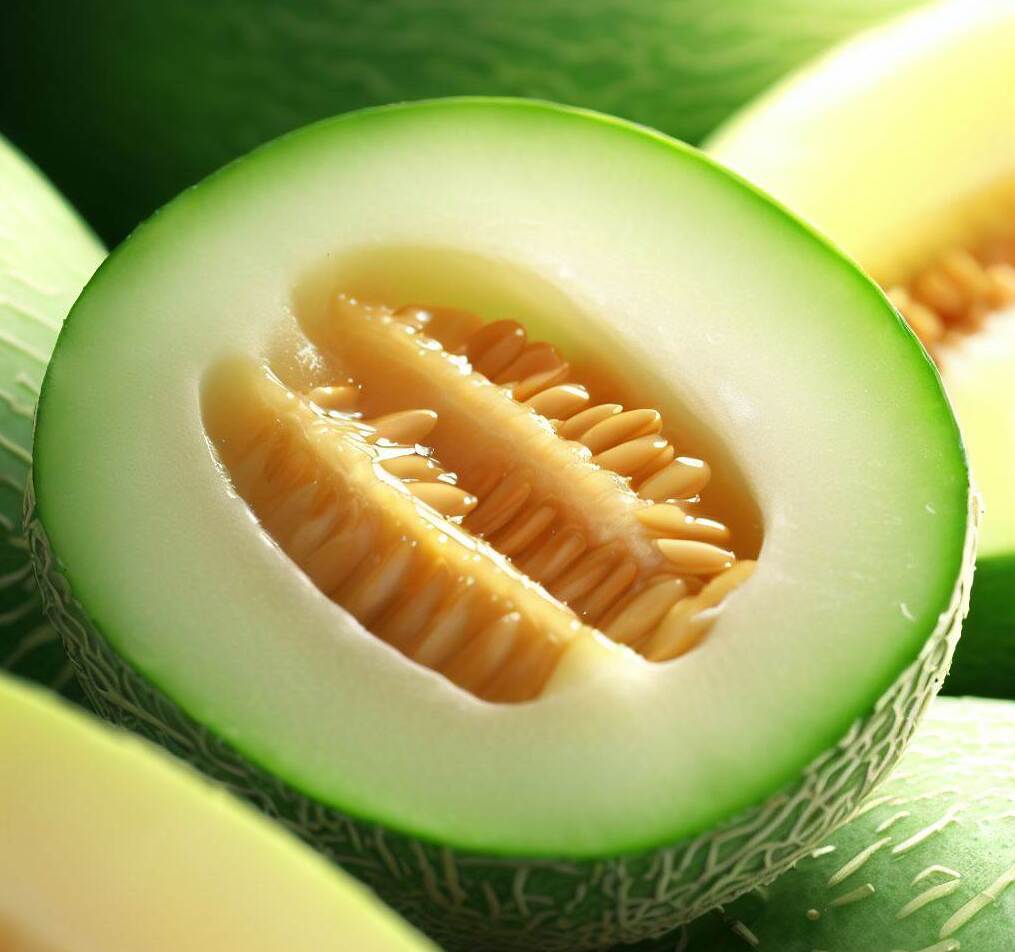Sweet Lime
Sweet lime, also known as Mosambi, is a citrus fruit that is widely enjoyed for its refreshing taste and numerous health benefits. In this article, we will take a fascinating journey from the tree to your table, exploring the cultivation, harvesting, processing, and consumption of sweet lime. Join us as we uncover the secrets behind this delightful fruit.
Can dog eat sweet lime
Yes, dogs can eat sweet lime, also known as mousambi or sweet lemon, in moderate amounts. Sweet lime is a citrus fruit that is rich in vitamins and minerals, including vitamin C, potassium, and calcium. While it is generally safe for dogs to consume small amounts of sweet lime, it’s important to remember that citrus fruits can cause stomach upset in some dogs, especially if eaten in large quantities or if the dog has a sensitive stomach. It’s always a good idea to introduce new foods gradually and in small portions to monitor your dog’s reaction. If you notice any signs of gastrointestinal discomfort, such as vomiting or diarrhea, it’s best to discontinue feeding sweet lime and consult with your veterinarian for further guidance.
Introduction
Sweet lime, scientifically known as Citrus limetta , is a tropical fruit that belongs to the Rutaceae family. It is native to Southeast Asia and has been cultivated for centuries due to its delicious taste and medicinal properties. The fruit has a round shape, similar to an orange, and is usually green or yellow when ripe. Its flesh is juicy, slightly sweet, and tangy, making it a popular choice for juices, salads, and desserts.
The Origins of Sweet Lime
Sweet lime is believed to have originated in the Indian subcontinent, specifically in the region of present-day India and Pakistan. It has a long history dating back to ancient times, where it was highly regarded for its medicinal value and refreshing flavor. Over time, sweet lime spread to other parts of the world, including the Mediterranean region, Southeast Asia, and the Americas.
Cultivation and Harvesting
Sweet lime trees thrive in warm and subtropical climates. They require well-drained soil and regular watering. The cultivation process starts with planting seeds or grafting onto rootstocks of other citrus trees. Once the fruits reach the desired size and color, they are carefully hand-picked to avoid any damage.

Processing Sweet Lime
After harvesting, the sweet limes are sorted and cleaned to remove any impurities. They are then typically processed into various products, including fresh juice, canned juice, essential oils, and zest. The juice extraction process involves squeezing the fruit to extract the liquid, which is then pasteurized and packaged for distribution. The zest, which is the outermost layer of the fruit’s peel, is often used as a flavoring agent in culinary applications.
Nutritional Value and Health Benefits
Sweet lime is not only delicious but also packed with essential nutrients. It is a Good source of vitamin C, providing. Additionally, sweet lime contains dietary fiber, potassium, calcium, and magnesium. These nutrients contribute to maintaining a healthy immune system, improving digestion, and supporting overall well-being.

Culinary Uses of Sweet Lime
Sweet lime offers a wide range of culinary possibilities. Its juice is commonly used to make refreshing beverages, such as lemonades and cocktails. The tangy flavor of sweet lime complements various dishes, including salads, marinades, and desserts. The zest adds a burst of citrusy aroma and flavor to baked goods, sauces, and dressings.
Popular Varieties of Sweet Lime
Several varieties of sweet lime exist, each with its unique characteristics and flavors. Some of the popular varieties include the Mexican sweet lime, Palestinian sweet lime, and Indian sweet lime. These varieties differ in terms of size, color, sweetness, and acidity, offering consumers a diverse range of options to choose from.
Sweet Lime in Traditional Medicine
Sweet lime has been used in traditional medicine for centuries due to its therapeutic properties. It is believed to have digestive benefits, helping alleviate indigestion, constipation, and acidity. The fruit’s high vitamin C content also makes it beneficial for boosting immunity and preventing common illnesses.

Sweet Lime: A Versatile Ingredient
Sweet lime’s versatility extends beyond its culinary uses. It is a popular ingredient in skincare products, thanks to its antioxidant properties and ability to promote healthy skin. The essential oils derived from sweet lime are used in aromatherapy to uplift the mood, relieve stress, and improve overall well-being.
Storage and Shelf Life
To enjoy the best flavor and nutritional value, sweet limes should be consumed when fresh. It’s essential to avoid keeping sweet limes in airtight containers, as they require airflow to maintain their quality.
Interesting Facts about Sweet Lime
- Sweet lime is often called “Mosambi” in India, where it is extensively cultivated and consumed.
- The fruit’s name, “Mosambi,” is derived from the Persian word “musambī,” meaning fragrant.
- Sweet lime trees can grow up to 20 feet in height and have dense foliage with glossy leaves.
- The fruit is rich in essential oils, giving it a distinctive aroma.
Tips for Selecting and Storing Sweet Lime
When selecting sweet limes, choose fruits that are firm, smooth-skinned, and free from blemishes or soft spots. To store sweet limes, place them in a cool, dry place away from direct sunlight. If you prefer chilled juice, refrigerate the fruits and extract the juice as needed.
Conclusion
From its humble beginnings as a tropical fruit to its place on your table, the journey of sweet lime is filled with history, flavor, and health benefits. Whether enjoyed as a refreshing beverage, a zesty ingredient in recipes, or a natural remedy, sweet lime continues to captivate our taste buds and enhance our well-being.
FAQs
1. Can sweet lime be consumed by individuals with citrus allergies?
While sweet lime is considered a citrus fruit, it is generally well-tolerated by individuals with citrus allergies. However, if you have a known allergy, it is advisable to consult a healthcare professional before consuming sweet lime.
2. Is sweet lime suitable for individuals with diabetes?
Sweet lime is relatively low in natural sugars and has a low glycemic index, making it a suitable choice for individuals with diabetes. However, moderation is key, and it’s always best to consult a healthcare professional regarding your specific dietary needs.
3. Can sweet lime juice be used as a natural cleaning agent?
Yes, sweet lime juice can be used as a natural cleaning agent due to its acidic properties. It can effectively remove stains, grease, and dirt from various surfaces. However, always perform a patch test on a small area before using it on delicate or porous materials.
4. How can I incorporate sweet lime into my daily diet?
There are several ways to incorporate sweet lime into your daily diet. You can squeeze fresh sweet lime juice and enjoy it as is or add it to smoothies, salads, marinades, or desserts. The zest can be used as a flavorful addition to various dishes.
5. Is sweet lime beneficial for skincare?
Yes, sweet lime is beneficial for skincare. Its antioxidant properties help fight free radicals, promoting healthy skin. You can use sweet lime juice as a natural toner or incorporate it into homemade face masks for a rejuvenating effect.





